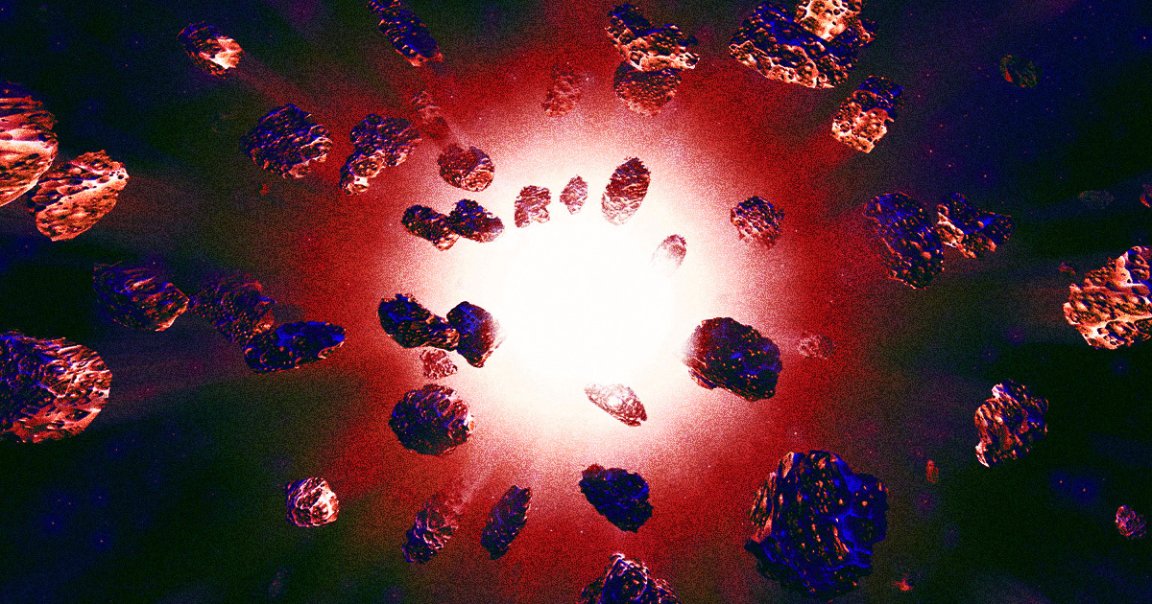
Space Balls
When NASA deliberately smashed the asteroid Dimorphos with the Double Asteroid Redirection Test (DART) spacecraft back in 2022, it was seen as a technological triumph because it demonstrated that humans have the ability to redirect a space rock that poses a threat to Earth.
That’s all well and good, but it looks like that smashing event also had some unintended consequences: debris from the asteroid may be headed back to Earth in the first ever man-made meteor shower, according to researchers in Spain and Italy.
After performing an in-depth analysis of the impact DART made on Dimorphos and the millions of the resulting fragments, the researchers concluded in a preprint paper that’s been accepted into The Planetary Science Journal that many of the small chunks from the crash will reach Mars and Earth — though importantly, they won’t pose any danger.
“If these ejected Dimorphos fragments reach Earth, they will not pose any risk,” Polytechnic Institute of Milan, Italy aerospace engineer and astrophysicist and study lead author Eloy Peña-Asensio told Universe Today. “Their small size and high speed will cause them to disintegrate in the atmosphere, creating a beautiful luminous streak in the sky.”
Up in the Sky
With the relief that the DART mission was successful and that any fragments that reach Earth could be a nothing burger, what are the chances of a real bonafide galactic threat hitting our planet and obliterating all known life?
Despite breathless panicky news articles — or Hollywood movies, for that matter — most scientists say it’s an unlikely event because rarely do large asteroids hit Earth.
But tell that to the dinosaurs that once roamed our planet. About 66 million years ago, a large space rock smashed off the coast of Mexico, triggering a mass extinction event.
And that’s why NASA isn’t taking any chances. When DART collided with Dimorphos, it not only reshaped the asteroid but also altered its orbit. It was never going to hit Earth, but it was a useful exercise that showed that an “Armageddon”-style Earth saving mission would be possible.
Here’s hoping we never have to actually do it, though.
More on asteroids: James Webb Spots Epic Collision Between Giant Asteroids